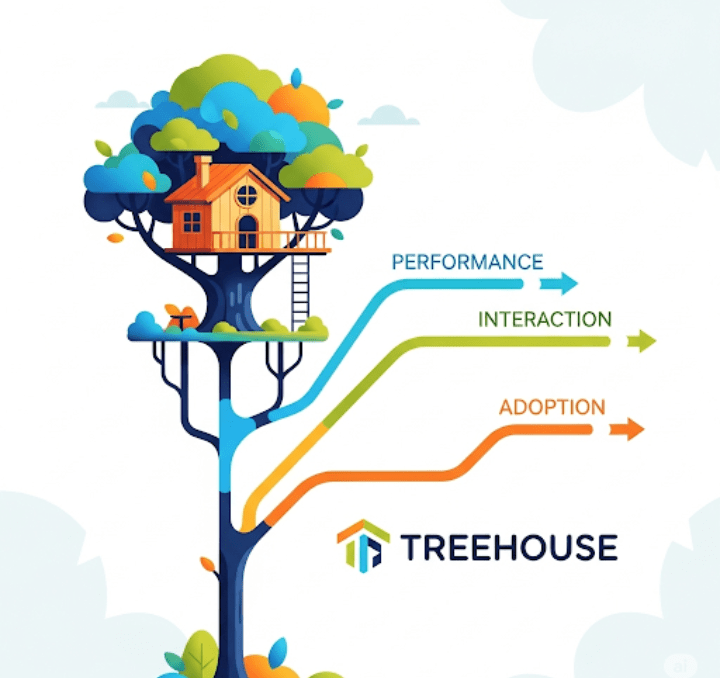In the fast-paced world of cryptocurrencies, where volatility and innovation go hand in hand, investors often face unique and complex risks. Traditional financial models do not always fit for assessing these risks, leading to poorly informed decisions and potential losses.
To address this issue, Treehouse, a leading analytics company in decentralized finance (DeFi), has introduced an innovative Crypto Risk Premium (CRP) structure. This system provides investors with a systematic approach to assessing the risks associated with crypto assets, allowing them to make more informed investment decisions.
What is the crypto risk premium?
Essentially, the crypto risk premium is the compensation that investors require for investing in crypto assets that have unique and significant risks not present in traditional asset classes. This premium reflects the additional income that an investor expects to earn to justify the risk.
The CRP structure from Treehouse breaks down this complex risk into three main components:
Liquidity Risk Premium: Assesses the risks associated with the inability to sell or buy an asset without significantly impacting its price. In the world of crypto assets, especially smaller ones, liquidity can evaporate quickly, leading to significant price fluctuations and complicating exit strategies.
Developer Risk Premium: This component assesses the risks arising from reliance on the development team and its decisions. For example, the team may cease support for the project or make critical errors in the code, which could lead to a complete devaluation of the asset.
Protocol Resiliency Risk Premium: Assesses the risks associated with a blockchain protocol or smart contract. This includes security risks, such as vulnerabilities in the code that can be exploited by hackers, or operational failure risks that lead to an inability to access funds.
Why is this important?
The Treehouse structure offers several key advantages:
Increased transparency: By breaking down the overall risk into individual components, investors can better understand the sources of the risks they face.
Informed decisions: With a deep understanding of risks, investors can make more prudent decisions regarding capital allocation.
Systematic evaluation: The CRP structure provides a standardized framework for analysis that can be used to compare different crypto assets.
Treehouse uses a combination of both quantitative and qualitative data to calculate these premiums. Quantitative data includes trading volumes, volatility, and network activity, while qualitative data encompasses the assessment of the development team and security audits.
Launching this structure is a significant step towards enhancing risk analysis in the cryptocurrency market. It helps investors move from speculative investments to a more measured, informed approach, which is critical for the long-term growth and stability of the crypto ecosystem.
Your next step
Utilizing tools such as the crypto risk premium structure from Treehouse can radically change your investment approach. Understanding risks is the first step to managing them.


